Tesla is renowned for producing the safest automobiles available. With the widespread adoption of autonomous car software and the inevitable transition to and saturation of electric vehicles, the company needs something to set it apart from its competition. Safety is one among those qualities. Everyone wants to feel comfortable while driving and know that their vehicle has been thoroughly tested in a number of conditions.
This report on the safety of the Tesla Model S, Model X, and Model 3 automobiles as evaluated by the National Highway Traffic Safety Administration (NHTSA) may be found here. The National Highway Traffic Safety Administration (NHTSA) is the federal agency in charge of highway traffic safety.
They are still used as a benchmark for judging automobiles today. According to the NHTSA assessment, Tesla was among the top three safest vehicles. Safety is important to Elon Musk, and he places a high priority on it.
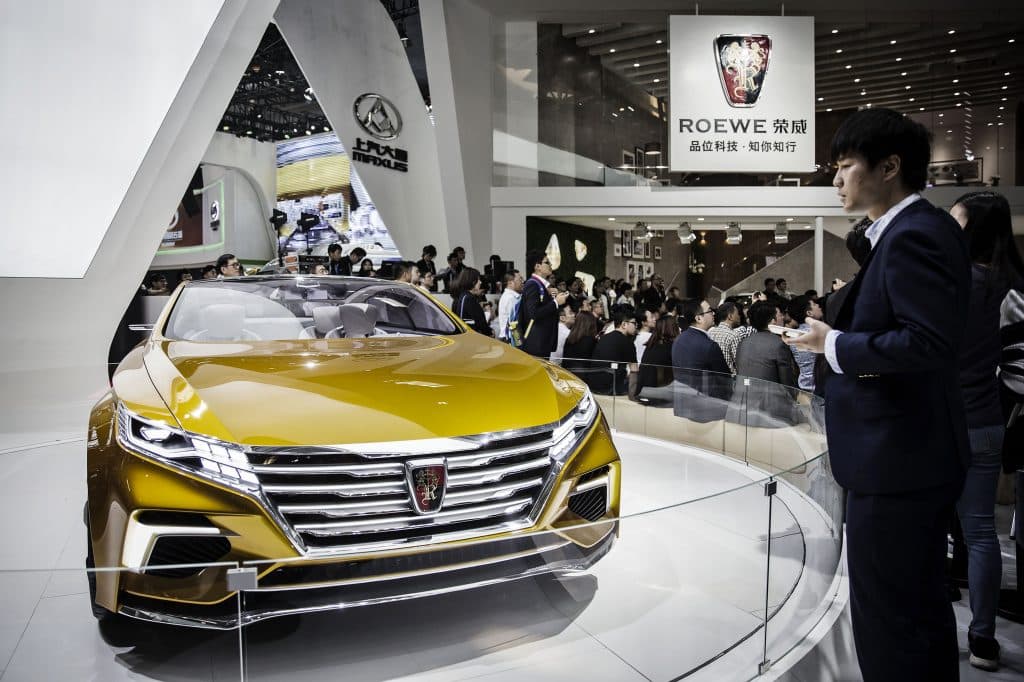
What are FSD’s Safety Features?
Now that we’ve established that safety is important for its automobiles, let’s look at the safety features available on FSD and its vehicles. Tesla’s website has all of this safety information, and the company does an excellent job of displaying their safety features with graphics, diagrams, and concise descriptions. Here’s how I’ve condensed them:
- Design with safety in mind:
Tesla automobiles are designed to be the safest on the planet. Each one combines advanced onboard technology with an all-electric architecture to assist protect all road users, including drivers, passengers, and pedestrians.
- From the Ground Up Design:
Tesla vehicles, according to their all-electric architecture, have an extremely minimal danger of rollover and occupant damage.
- Pack of Batteries:
Rollover risk is reduced, and emergency avoidance management is improved, thanks to the position and weight.
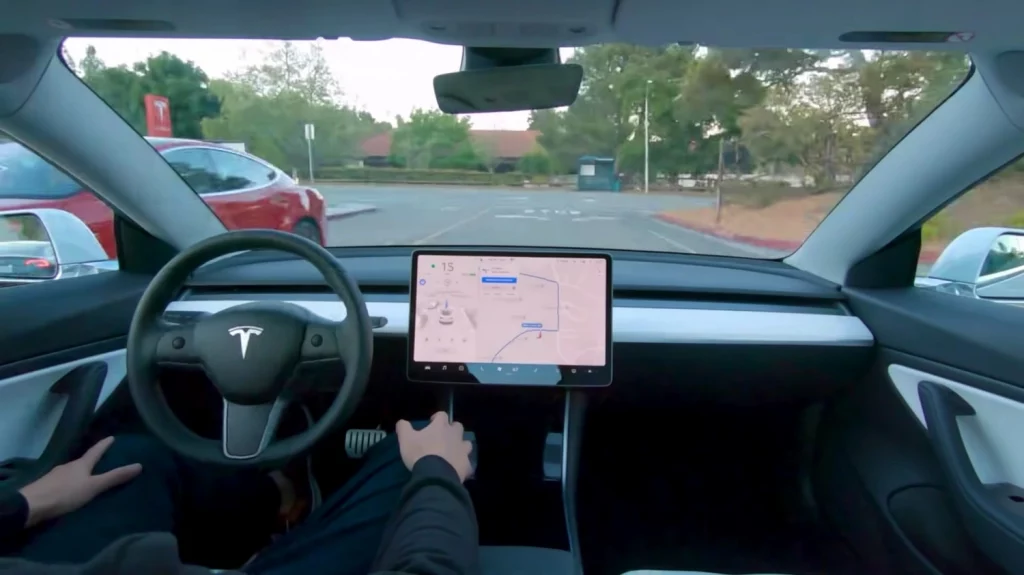
- Impact Resistance:
The chassis is supported by a revolutionary side sill structure that absorbs impact energy and protects the occupants and batteries.
- Integrity of Structure:
Cabin entry is reduced and prevented thanks to the strong body and strengthened batteries.
- Zones of Crumple:
Large empty spaces in the front and back reduce impacts, lowering the risk of injury to occupants.
- Airbags of the Future:
Airbags can fully inflate and protect passengers when there is less cabin intrusion.
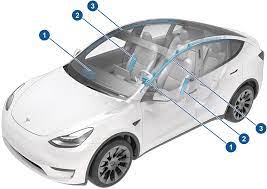
Hardware:
- Outstanding Sensitivity:
Twelve ultrasonic sensors can detect both hard and soft objects, including surrounding automobiles, while eight cameras provide 360-degree visibility.
- Every Tesla Should Have: Active Safety Features
Active safety measures, which are powered by Tesla’s Autopilot technology, can assist decrease the severity of impacts or perhaps prevent them entirely.
- Warning of a Forward Collision
Provides both visual and audio warnings of approaching collisions with other cars or obstructions.
- Collision in the Blind Spot:
When a vehicle or obstruction in your blind spot is recognised, the app warns you.
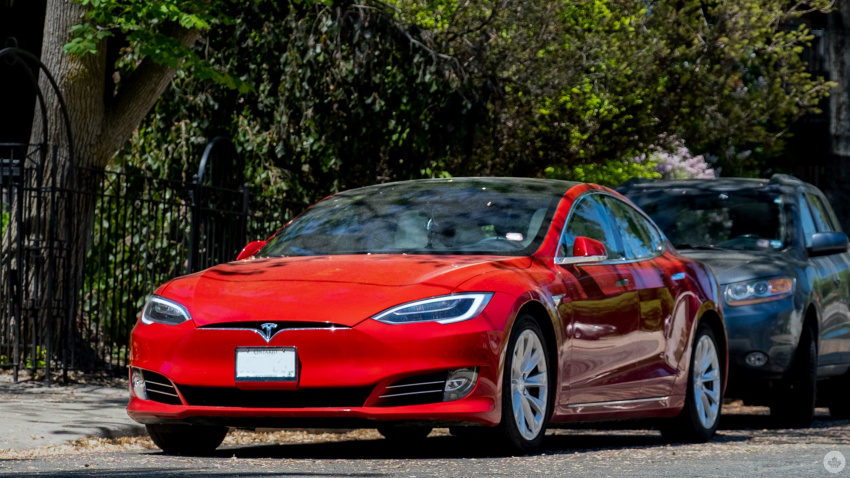
- Avoiding Departure from the Lane:
If a possible accident or unintended lane departure is detected, corrective lane-centering steering is applied.
- Finally, in the unlikely case of a fire, there is thermal protection:
Tesla battery packs are engineered to distribute heat away from the occupant cabin and battery in the unlikely event of damage, helping to prevent fires and safeguard people. Tesla automobiles were about 10 times less likely to catch fire per mile driven in the United States from 2012 to 2020 than average gas vehicles.
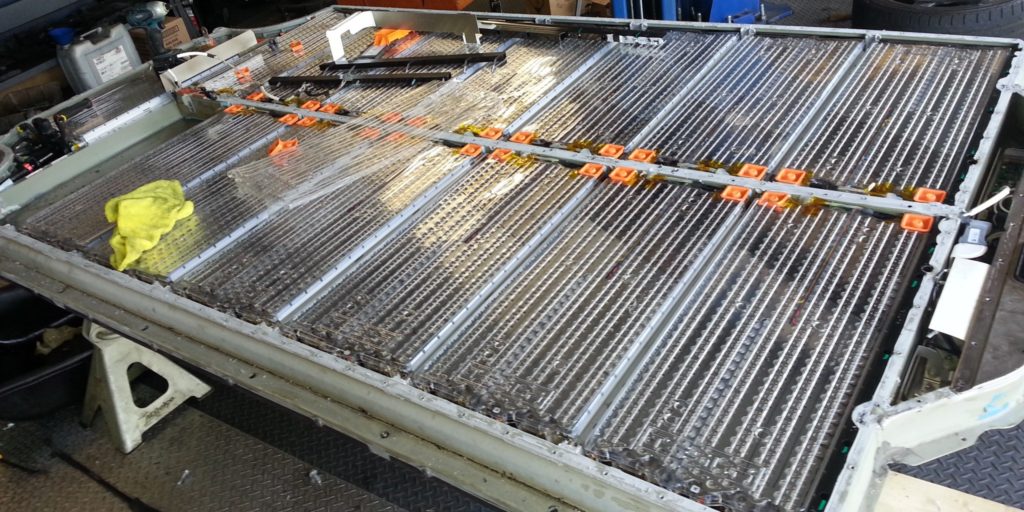
Future Tesla Safety Features include:
Tesla’s present safety features will not be abandoned. I feel that more will be done in the future to make Tesla automobiles the safest vehicles to buy and ride in. This includes making the automobile frames stronger and better suited to withstand collisions. There have been reports of persons surviving car accidents due to the fact that they were driving a Tesla:
Of course, if you’re driving 90 mph and hit a tree, I don’t think Tesla can do much to prevent an injury or worse in that circumstance – it’s up to the driver to take better care of things at that point. However, I believe the first thing Tesla will do is continue to conduct safety tests and seek for new ways to strengthen the vehicle’s overall frame and reduce impact.
Continued developments in safety features will be the second. A construction sign may go unnoticed by FSD right now. I noticed a video of Tesla Daily’s Rob Mauer driving with FSD Beta, and the car was heading towards a construction marker at the start of the journey. The car will be able to perceive and understand problems and avoid them when the neural network is trained and gets better at what it does. The vehicle already contains a number of safety systems that can assist the driver in avoiding an accident.
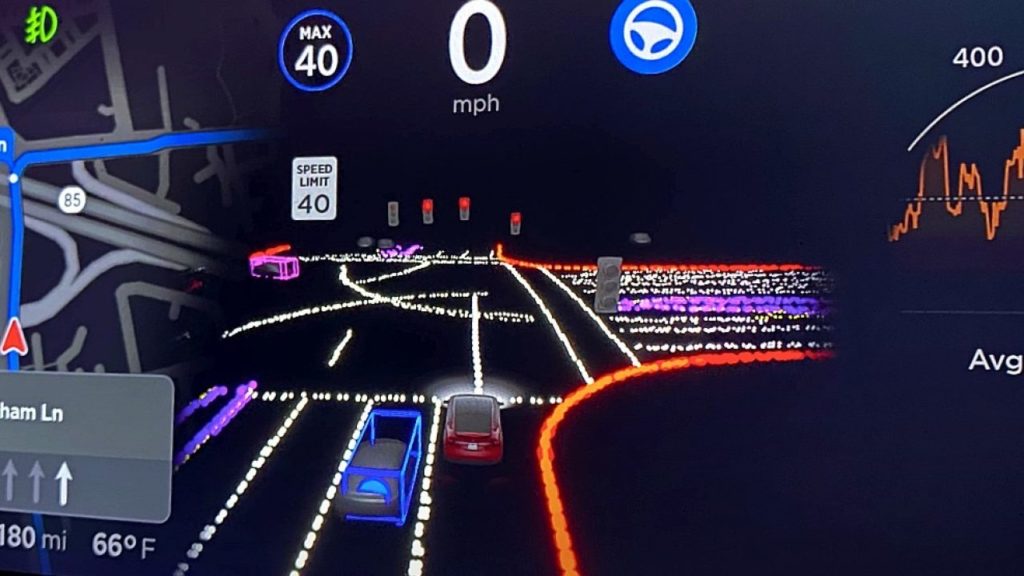
Final Words:
Finally, Tesla will continue to improve its safety score and assist other drivers in learning to drive better, in addition to the car’s frame and neural net being educated to spot unsafe circumstances. Bringing a safe driver entails driving defensively and avoiding potentially risky circumstances. For the most part, this means staying away from close following, unexpected acceleration, rapid twists, and anything else unusual when driving.
What are your thoughts on the safety features offered by Tesla? Is it because of them that Tesla stands out from the competition? Is it possible that Tesla stands out for reasons other than safety?
Also Read:








